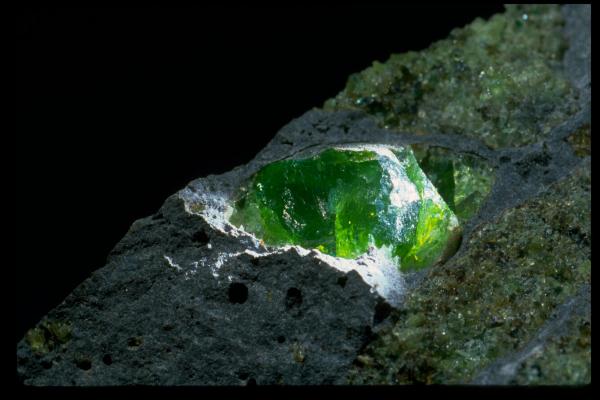Professor Tom Darrah Leads Koloma in Pioneering Sustainable Hydrogen Extraction Technology

Koloma, an innovative startup, is revolutionizing the clean energy sector by focusing on the extraction of low-carbon hydrogen from natural underground deposits. At the heart of this venture is earth sciences Professor and Byrd Center Principal Investigator Tom Darrah, Koloma's co-founder and Chief Technology Officer (CTO). Darrah is also the director of the Global Water Institute.
Darrah's extensive research has been instrumental in identifying potential hydrogen reserves and exploring how traditional oil and gas extraction techniques can be adapted for hydrogen extraction. This work is crucial for Koloma, which aims to leverage the vast, naturally occurring hydrogen pockets found across the globe. The company's approach promises a sustainable and potentially more cost-effective alternative to traditional hydrogen production methods, which typically involve carbon dioxide emissions.
The significance of Darrah's contributions extends beyond the technical aspects of hydrogen extraction. His involvement highlights the intersection of academic research and practical application in pursuing renewable energy solutions.
Koloma recently secured $245.7 million in its latest funding round, reinforcing its lead in the emerging clean energy sector and elevating its total investments to over $300 million; this, in addition to being awarded a research grant by a U.S. Energy Department program aimed at enhancing techniques for stimulating and extracting hydrogen from underground sources.
Hydrogen's versatility as an energy source positions it as a key player in transitioning to a more sustainable energy landscape. With Darrah's expertise and Koloma's innovative approach to utilizing geologic hydrogen, the company is poised to contribute significantly to developing clean energy technologies, offering a glimpse into a future where renewable energy sources are more accessible and efficient.
To read more, visit Forbes.
Image: Forsterite, an olivine mineral. Groundwater interacting with olivine can result in hydrogen building up in the surrounding rock layers (USGS). Image from Smithsonian National Museum of Natural History.
